Pickled Mangoes with a delicious medley of sweet and sour flavors are a mouthwatering treat you'll love. They make a great snack or appetizer as well as a condiment to barbecue meats and grilled seafood!

G and I moved from Southern California to Central Texas last December; honestly, it was a decision we didn't think of or plan enough. It was like we woke up one day and said to ourselves, "we're moving to the Hill Country," and packed our bags right there and then.
Everything happened quickly; I don't think the process has been seamless. Three months in, and we still need to drive back and forth between the two states for another few months to get fully situated.
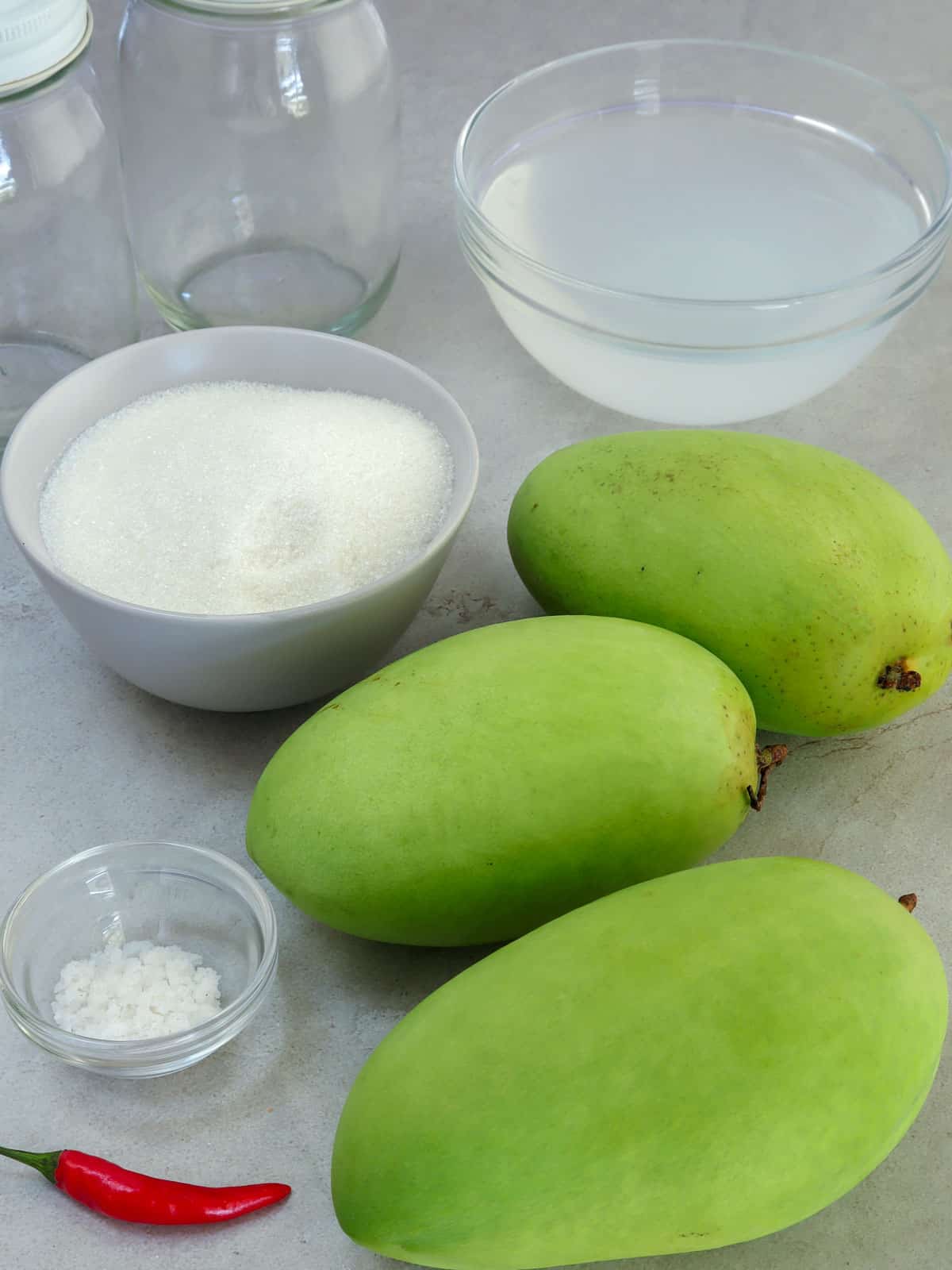
We are happy about this significant change in our lives and feel it's for the best, but we're, understandably, a bit overwhelmed. And when I'm stressed, I cook! To escape the mountain of boxes needing unpacking, I spent a whole day last week making chicharon, guava jam, and pickled mangoes.
I might have ended with more mess to deal with after I finished, but cooking was precisely what I needed for my mental health. 🙂 Not only did being in the kitchen help me relax and unwind, but I am also now well-stocked with delicious goodies to enjoy for days.
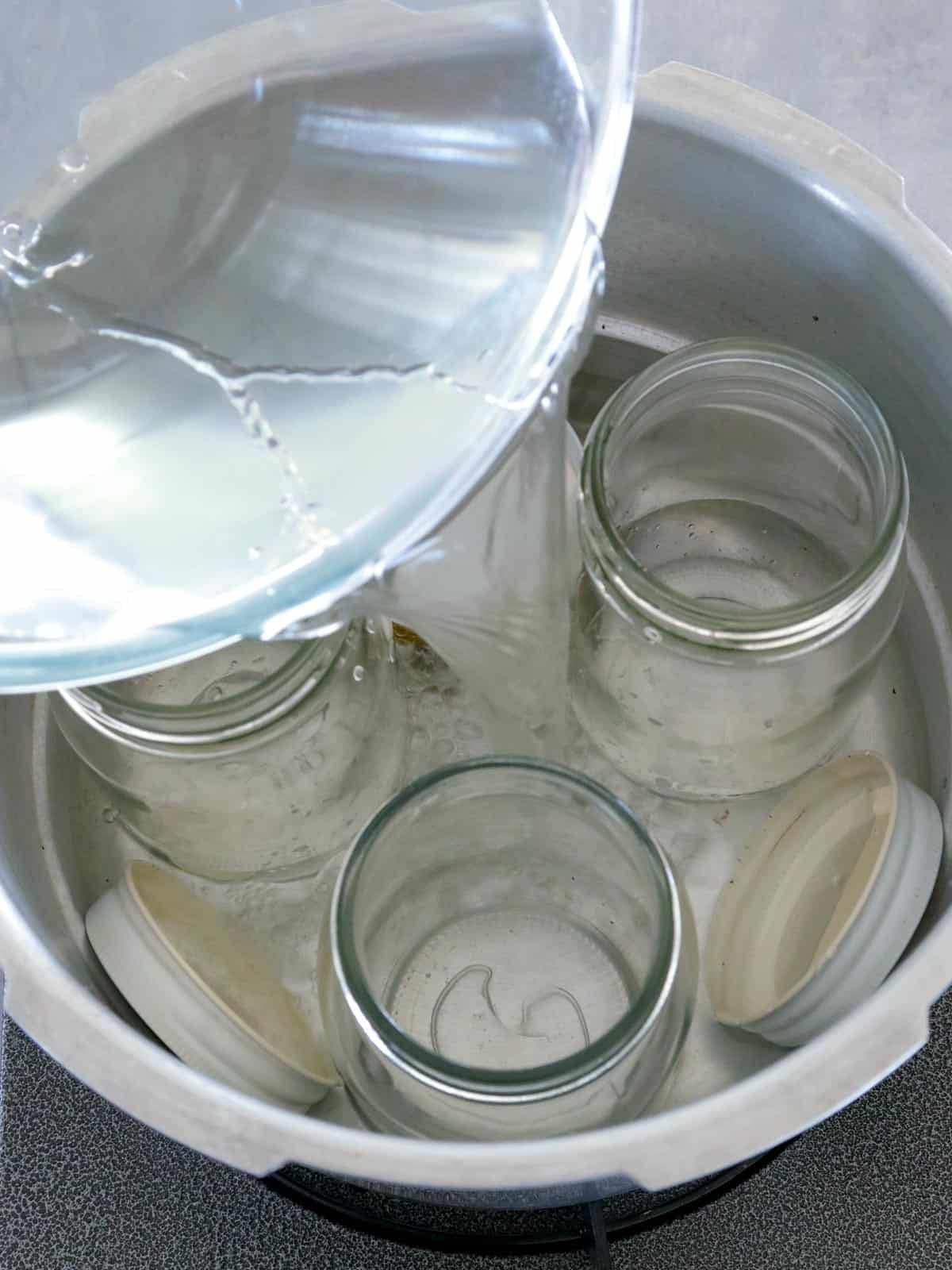
What is Pickling Process
Pickling is an age-old food preservation technique that extends the lifespan of perishables such as meat, eggs, fish, vegetables, and fruits by soaking them in solutions that inhibit bacteria growth and retard spoilage. The process is done either by fermentation in a salt brine or immersion in an acidic medium.
The recipe below uses the second method, which preserves the fruit in a vinegar, sugar, and salt mixture.
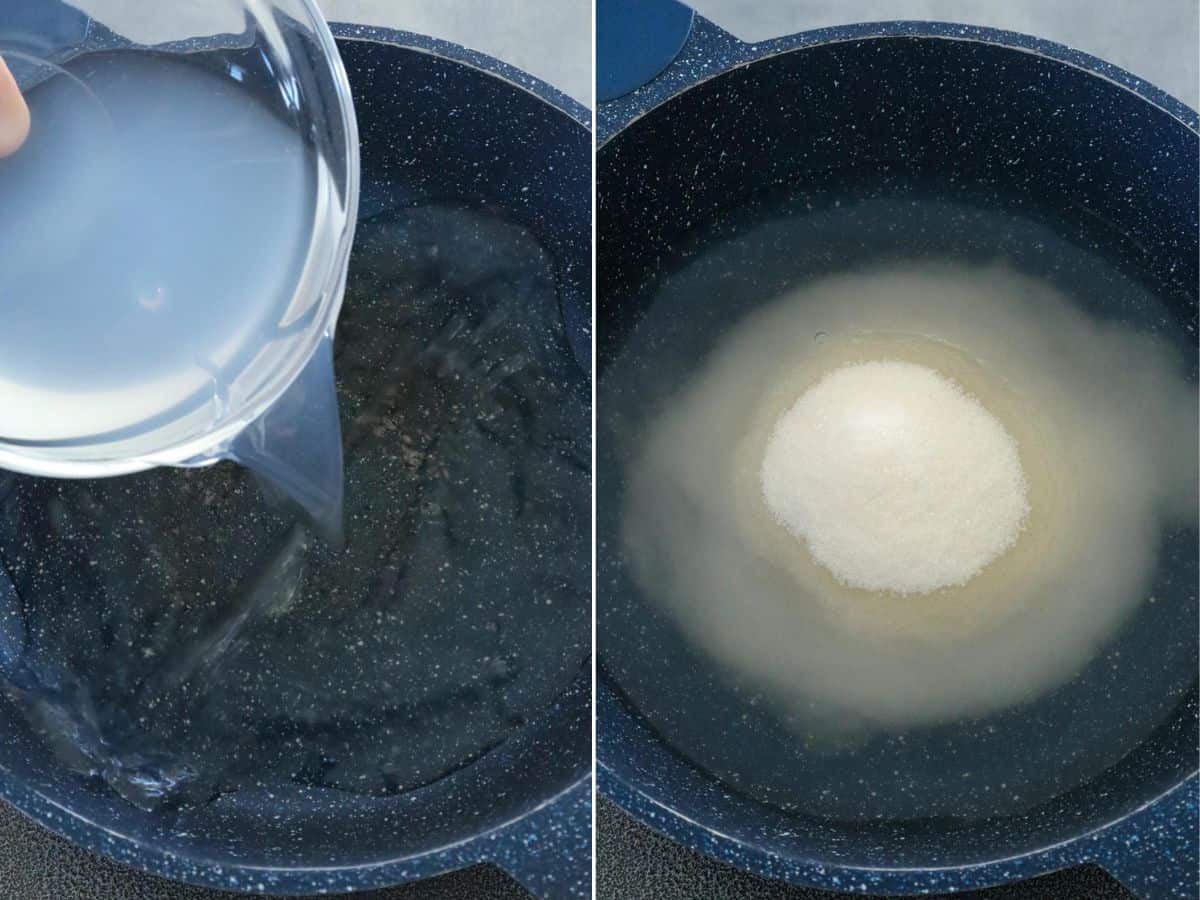
Type of Mango to use
While you can pickle almost any variety, I find green and unripe Manila or carabao mangoes yield the best results. Their flesh is not fibrous and has a crisper texture and good sour flavor.
In the Philippines, the classic burong mangga is made of very young chupaderas or supsupin mangoes.
If you are in the U.S. and don't have access to these local mangoes, Kents, Hadens, and the Mexican Ataulfo, a cultivar of our Philippine mango, are also great options.
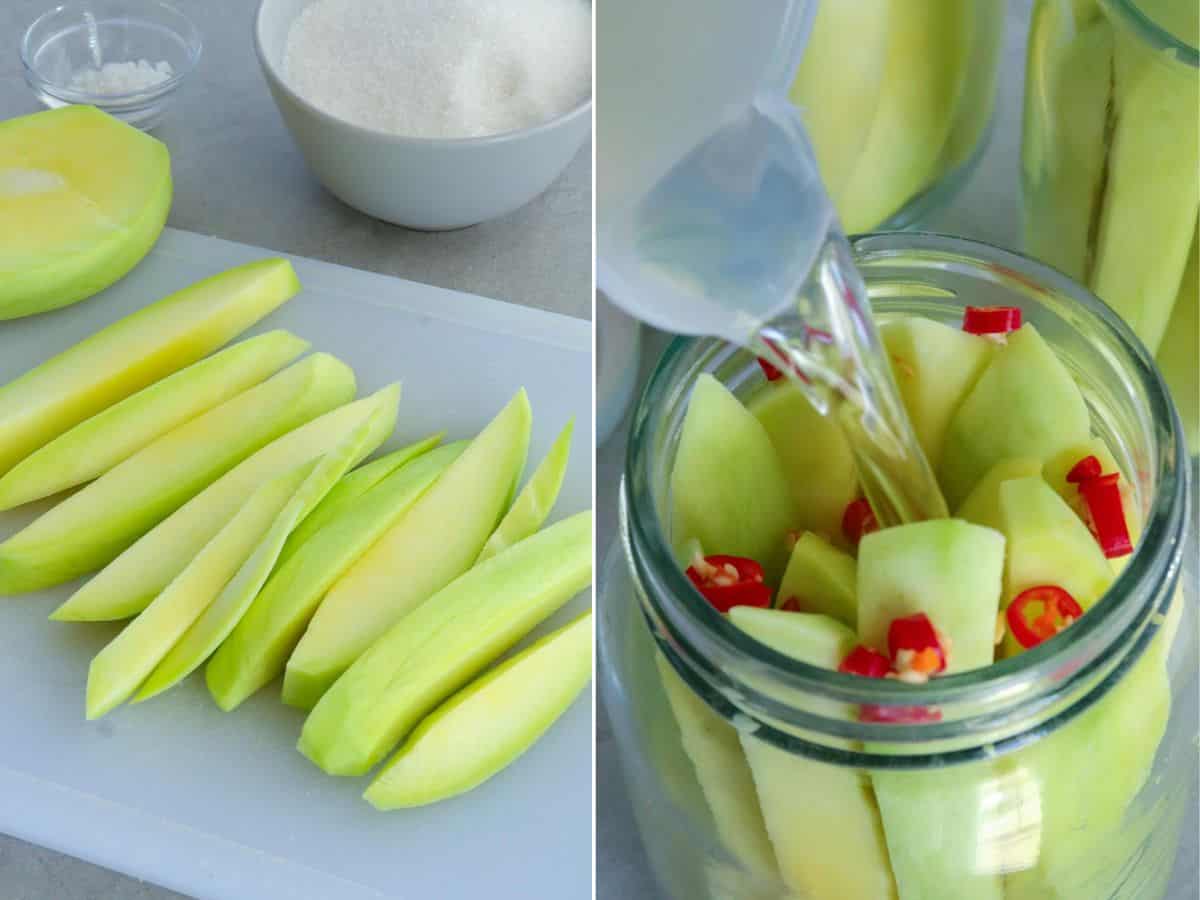
Helpful tips
- Choose fresh, quality fruit and check for signs of bruising or spoilage. Use green, unripe, and very firm mangoes for the best texture and flavor.
- To lessen the chance of introducing bacteria to the mixture, ensure food prep implements are thoroughly clean and storage jars are properly sterilized (read how to sterilize empty jars here) and with tight-fitting lids.
- As the ph environment is important in safe pickling, use vinegar with 5% acidity. I like distilled white vinegar as it has a mellow aroma and tart flavor and does not discolor the fruits. You can substitute apple cider vinegar if you like to add a touch of fruity flavor but note that it might darken the light-colored mangoes.
- Use Kosher or canning salt and NOT iodized table salt, which contains iodine or other additives that may cloud the packing liquid.
- Boost flavor by adding herbs and spices such as garlic cloves, chili peppers, ginger, bay leaves, peppercorns, fresh dill, or salty dried plums (li hing mui).
- Make sure the mango slices are fully submerged in the brine solution. Depending on the jar size used, you may need more or less of the brine.
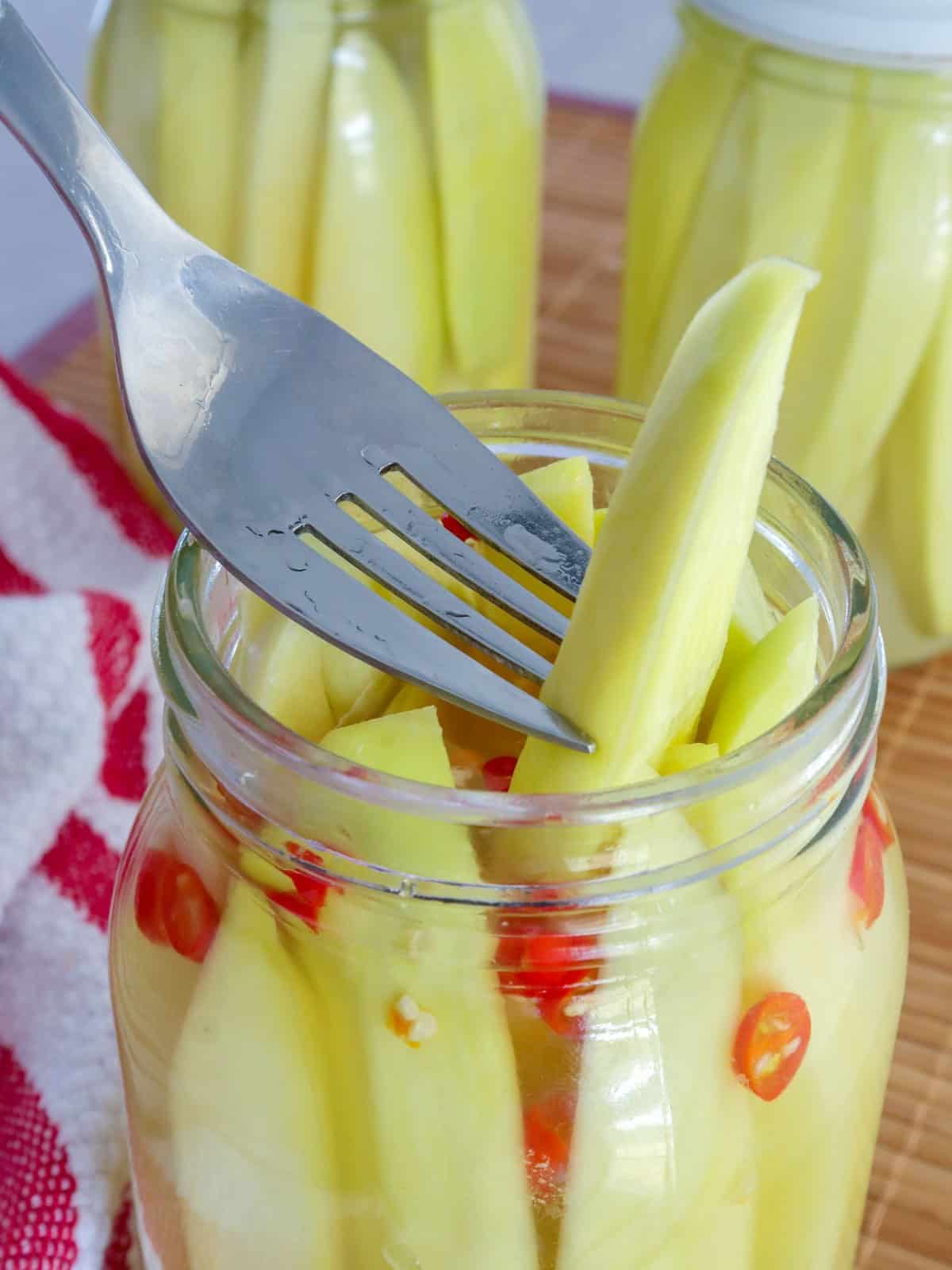
How to serve
These sweet and tangy pickles are a delicious snack or appetizer on their own, but they also make a great meal condiment and pair well with barbecued meats and grilled seafood.
They add a delicious crunch to sandwiches and provide a delicious contrast of flavor to rich dishes such as spicy curries or hearty adobo.
Storage instructions
Do you need to refrigerate burong mangga? Yes! Although adding vinegar creates an acidic environment that inhibits the proliferation of bad bacteria, yeast, and mold, it is still safer to refrigerate the pickles to slow contaminant growth and delay spoilage.
This burong mangga recipe is a type of quick or refrigerator pickle meant to be refrigerated for food safety. If you'd like to store unopened jars of mango pickles at room temperature, you can read more about canning guidelines here.
Ingredients
- 3 large green, unripe mangoes
- 1 ½ cups vinegar
- 1 cup sugar
- 1 teaspoon Kosher salt
- 1 Thai chili pepper, chopped (optional)
Instructions
- Wash jar and lids with warm soapy water and rinse well. In a deep pot, place jars and hot water to cover. Boil for 10 minutes. Remove from pot and drain.
- Peel mangoes and cut on both sides to separate checks. Slice each check into about ½-inch thick slivers.
- Arrange sliced mangoes into the sterilized jar.
- Add chopped chili pepper.
- In a saucepan, combine vinegar, sugar, and salt. Over high-heat, Bring to a boil, stirring to dissolve the salt and sugar.
- Pour the brine over the sliced green mangoes, filling the jar to within ½ inch of the top. Gently tap jars against the counter to remove any bubbles and add more brine as needed.
- Cover with tight-fitting lid. Let cool to room temperature and refrigerate for about 48 hours before opening to allow flavors to develop.
Notes
- Choose fresh, quality fruit and check for signs of bruising or spoilage. Use green, unripe, and very firm mangoes for the best texture and flavor.
- To lessen the chance of introducing bacteria to the mixture, ensure food prep implements are thoroughly clean and storage jars are properly sterilized (read how to sterilize empty jars here) and with tight-fitting lids.
- As the ph environment is important in safe pickling, use vinegar with 5% acidity. I like distilled white vinegar as it has a mellow aroma and tart flavor and does not discolor the fruits. You can substitute apple cider vinegar if you like to add a touch of fruity flavor but note that it might darken the light-colored mangoes.
- Use Kosher or canning salt and NOT iodized table salt, which contains iodine or other additives that may cloud the packing liquid.
- Boost flavor by adding herbs and spices such as garlic cloves, chili peppers, ginger, bay leaves, peppercorns, fresh dill, or salty dried plums (li hing mui).
- Make sure the mango slices are fully submerged in the brine solution. Depending on the jar size used, you may need more or less of the brine.
Video

Nutrition Information
“This website provides approximate nutrition information for convenience and as a courtesy only. Nutrition data is gathered primarily from the USDA Food Composition Database, whenever available, or otherwise other online calculators.”
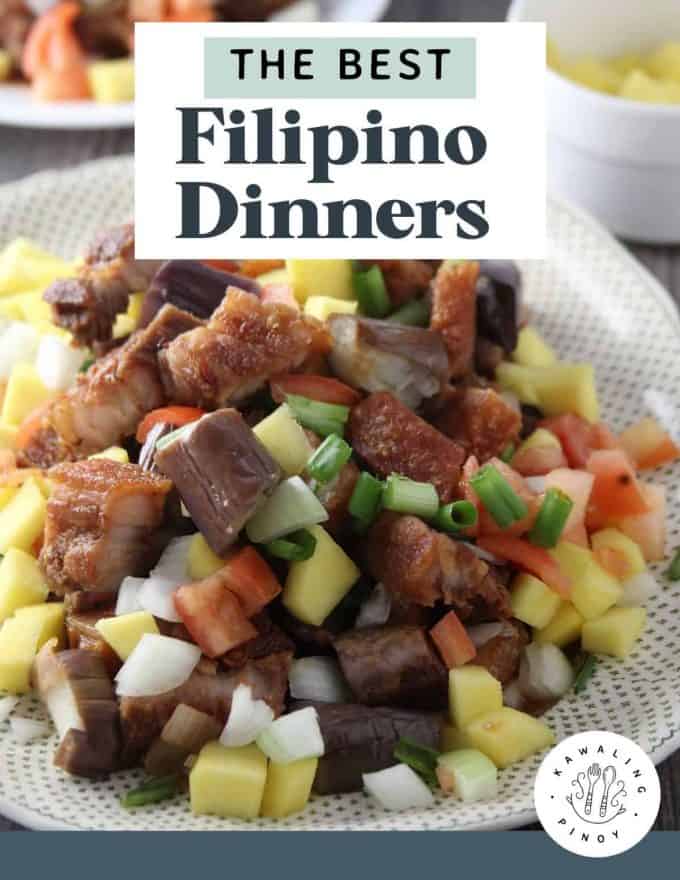

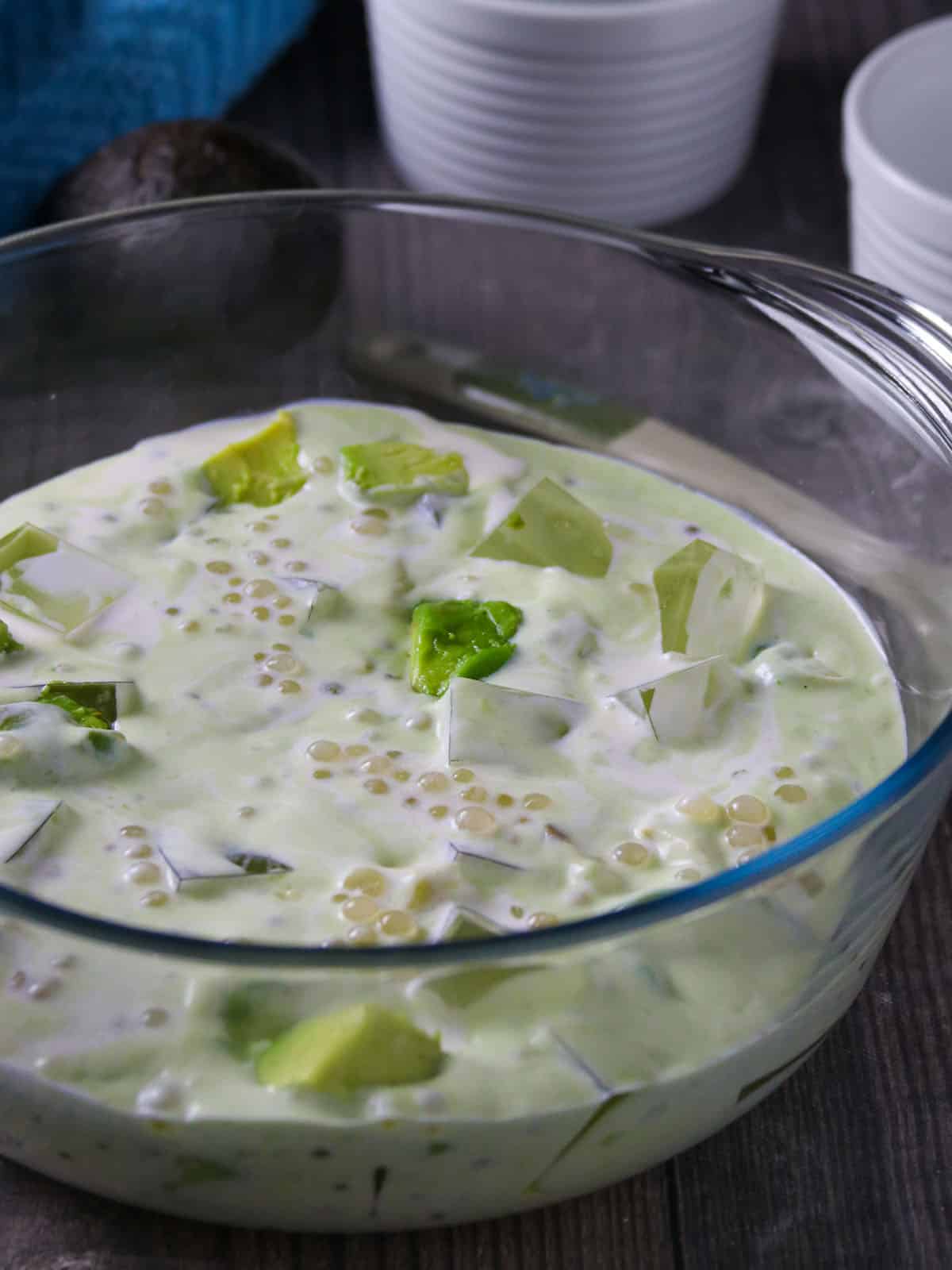
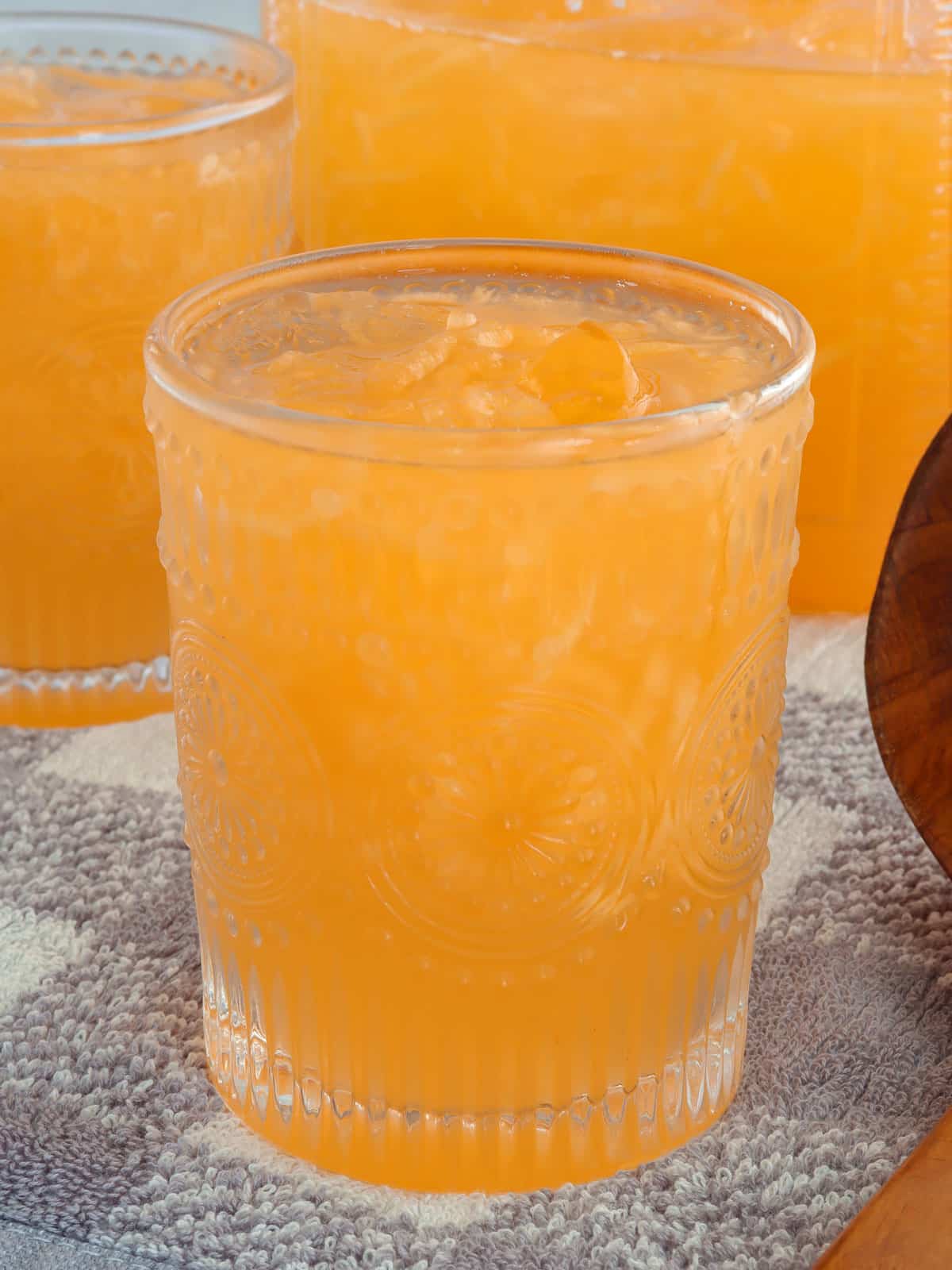
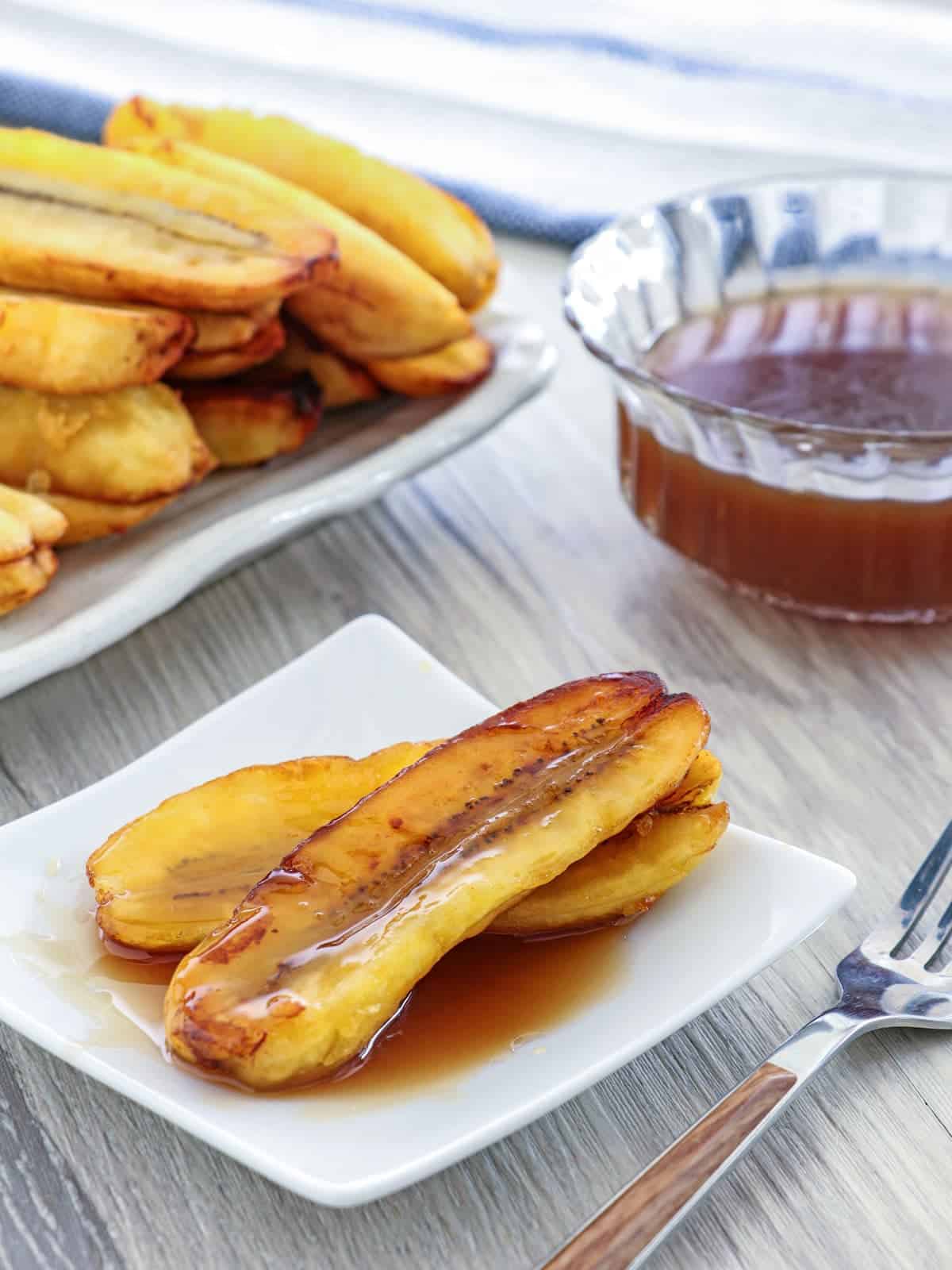
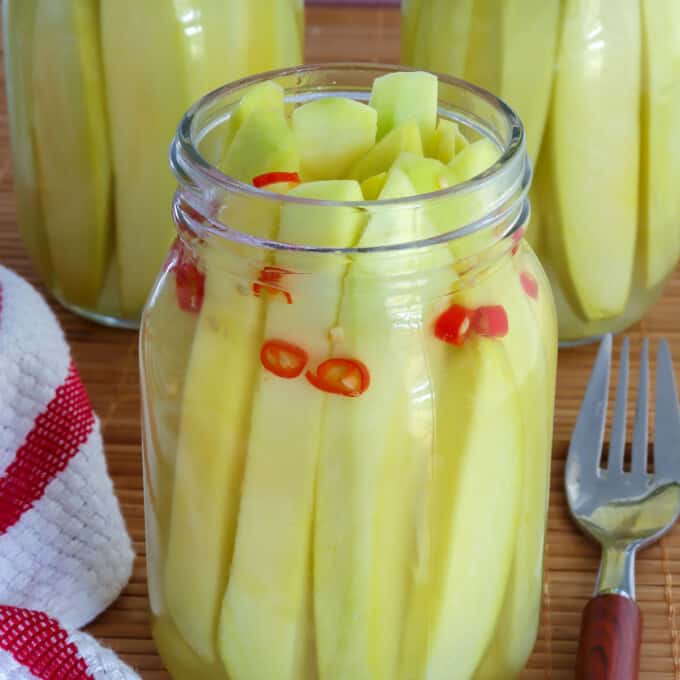

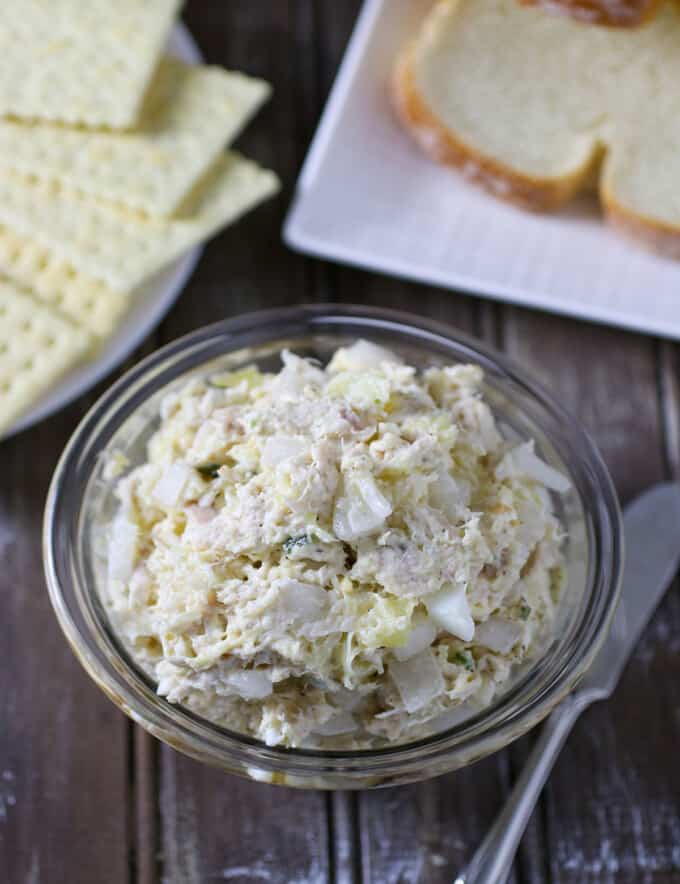
AR VANGIE Maternalmaterna says
What are the proportions of salt,sugar etc pls give WALA EH
Lalaine Manalo says
Please scroll down to the recipe card. Naruon ang complete measurements. 🙂
Marceline Polinsky says
The posts on your blog are like beacons of knowledge in a sea of mediocrity.
Marciano R. Ilagan says
I am happy to have seen and read the procedures in making burong mangga. Hope to get more info about bottling the products and what government agency to get accreditation. Thanks much Lalaine.
Eric says
Great recipe just like what I can buy in the Asian store.
Can I use the fluids after I ate the mangos for anything ? Feeling bad for throwing that away afterwards
Cora says
So good with my fried fish
Aurora T. says
Hi. This was a simple yet delicious recipe. Just a quick question . What's the shelf life of these mangoes?
Lalaine Manalo says
They should last about 3 to 5 days in the refrigerator.
Aka says
Salt is iodine the clouding will typically come from impurities sugar would do this etc. the one cup vinegar to one cup sugar ratio is way too much for my taste I did three jar 4 1/2 cups vinegar, 2 cup sugar , 1-2 tablespoons Himalayan salt, and the kicker 2-3 tablespoons Tajin Mexican spice boiled per recipe. Fill sterile jars all the way to top let settle 30 seconds immediately press cap as screwing for suction. Refrigerate after cool down..Use any green mangos.
Atud shaji kim says
Thank you. You help me in my project
Linda Larson says
I love you but.can I buy your recipes ? Pls let me.know
Elizabeth says
So easy to do! I got green mangoes from my friend’s tree the Australian variety and there were several pieces but I’m not fond of eating the green ones with alamang because of the salt. So I thought of pickling it which I like better . Thank you and keeping my fingers crossed it would turn out like the way I know from my younger days! Salamat!
Amy says
How long can you store mangos like this?
Lawrence Llona says
Good evening Ms. Lalaine. Thank you for sharing this recipe about pickled mangoes. I planed to share this with women in a community here in our place. There are many mangoes here and I would like that these women will have an additional income through livelihood such as preparing and selling pickled mangoes.
Thank you.
Tanisha says
Hiii for the first instruction
....we have to boil the mangoes first right?